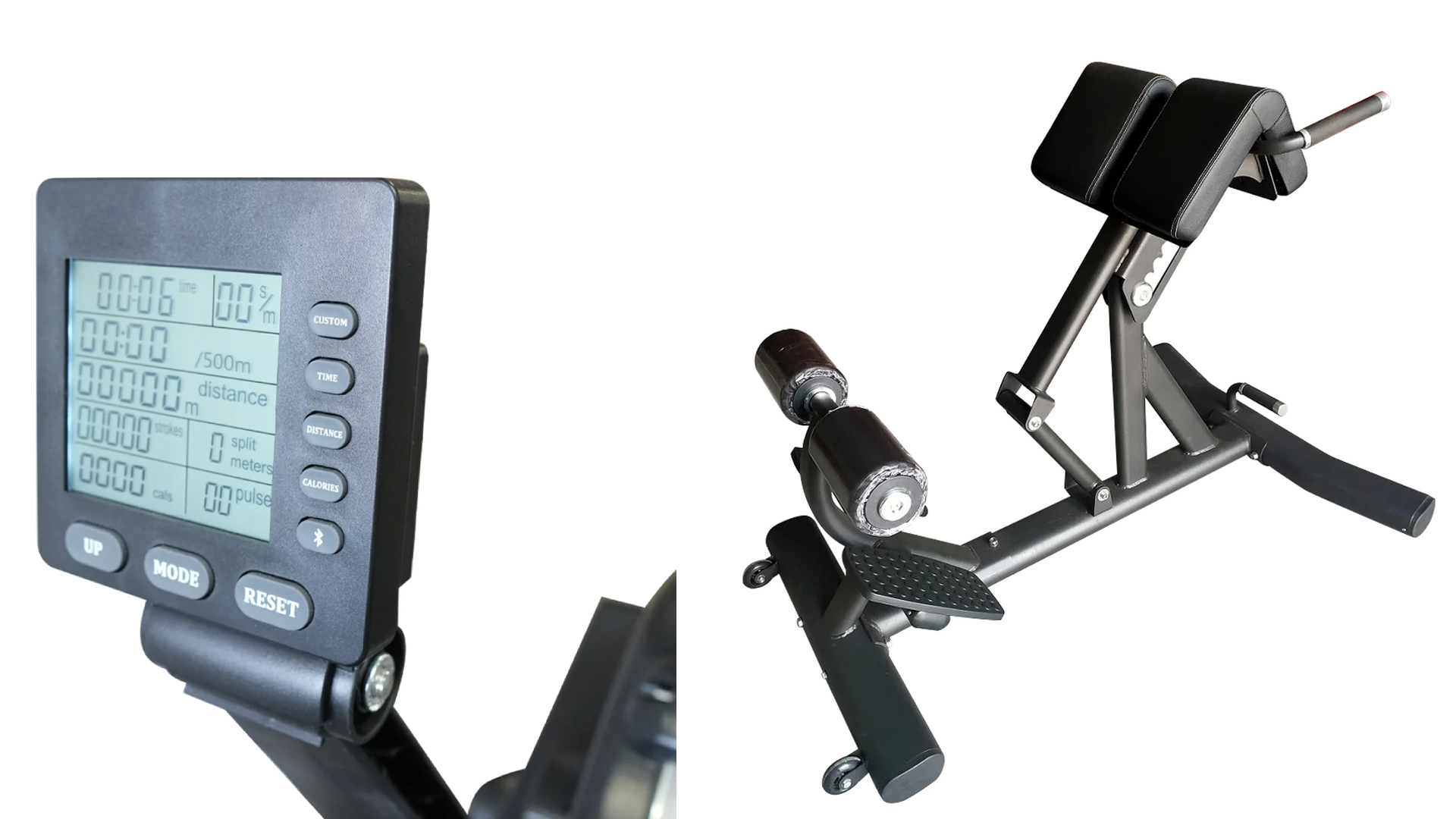Walk into most apartment gyms, and the story is always the same: a few dusty treadmills, a token multi-function machine that no one knows how to use, and maybe a dumbbell rack tucked in a corner — if you’re lucky.
It looks like a gym so it technically counts as an amenity.
But no one’s in there. No one’s impressed. And no one’s renewing a lease because of it.
That’s the problem.
Too many apartment gyms are built for checkboxes, not real users — and in doing so, they waste one of the most valuable pieces of square footage on the property.
So, let’s break down what’s going wrong, what residents actually want, and how to turn your underused “amenity” into a powerful retention tool without sinking your budget into outdated equipment.
The Hidden Cost of an Unused Fitness Center
An empty gym is worse than no gym at all.
Why? Because it still costs you:
- Maintenance and repairs on equipment no one uses
- Cleaning and utilities for a space that’s collecting dust
- Insurance liability for machines that may break or injure someone
- And worst of all, it sends a message: “This property doesn’t really care about your lifestyle.”
That message spreads — through tenant reviews, tour impressions, and quiet comparisons made by potential renters.
When every other apartment claims to offer “luxury amenities,” a dated, lifeless gym isn’t a perk. It’s a red flag.
The Real Problem: Most Gyms Are Designed Backwards
Here’s how the typical apartment gym gets built:
- Developer or owner says: “We need a gym.”
- Equipment list gets copied from a 2010 template.
- Purchases are made in bulk from a supplier pushing volume, not results.
- Everything is installed without resident input or design flow.
- It collects dust. Usage drops. Complaints rise. Equipment breaks. Repeat.
That’s not a strategy. That’s a sunk cost.
What Renters Actually Use in 2025 (And What They Ignore)
Renters don’t want to feel like they’ve stepped into a gym from a decade ago. Fitness has evolved — so should your amenity design.
Based on user behavior across multifamily properties we’ve outfitted, here’s what gets used regularly:
- A single, high-quality squat rack with barbell and bench
- Dumbbells, kettlebells, resistance bands — versatile, compact, and intuitive
- Rower or air bike — efficient, low-impact, and low-maintenance
- Open floor space for stretching, bodyweight training, yoga, and mobility
- Smart mirrors or digital fitness systems that allow on-demand workouts
And here’s what’s collecting dust:
- Oversized, single-function machines
- Three or more treadmills lined up like a big-box gym
- Cable crossover stations that require floor space and maintenance
- Anything with outdated screens or no tech integration
This isn’t just opinion, it’s based on real usage feedback from residents and staff.
The #1 Mistake: Designing for Equipment, Not Experience
A gym isn’t a warehouse for machines. It’s an environment.
Great apartment gyms don’t just have the “right stuff”—they’re designed around how people actually move. That means:
- Flow: Equipment doesn’t bottleneck foot traffic
- Zoning: Loud cardio doesn’t ruin someone’s meditation corner
- Modularity: Spaces can adapt to different workouts and preferences
- Light & air: People want a space that feels alive, not like a storage closet
If your gym doesn’t make people want to be there, it won’t matter what you put in it.
What the Most Successful Apartment Gyms Are Doing Differently
They’re ditching the outdated mindset of “buy once and forget it.”
Instead, they’re:
- Asking residents what types of fitness they prefer
- Tracking usage data to remove what’s not working
- Rotating layouts seasonally to keep the space fresh
- Treating fitness like tech: fast-moving, user-driven, and always evolving
That kind of agility creates amenities that stay relevant — and residents that stay happy.
How to Build a Comprehensive Gym without the Hefty Costs
Let’s tie it together: if you know fitness preferences shift and equipment needs change, then
why would you lock yourself into $50,000 worth of fixed assets that you would get stuck with?
Here’s the smarter model:
- Start with a lean, user-centered layout
- Rent gym equipment that can be upgraded, swapped, or removed
- Adapt seasonally or annually based on resident behavior
- Stay fresh without sinking capital into purchases that will be obsolete in 2 years
Renting fitness equipment isn’t just about cost savings.
It’s about freedom. It gives your property the ability to stay flexible, keep up with fitness trends, and respond to what your residents actually want.
Get Started with a Dynamic Gym for Your Apartment Complex
Every property offers a gym. But very few offer a gym people actually use.
If your goal is higher retention, better reviews, and a brand that residents brag about, it starts by treating your fitness center like the asset it truly is.
The best gym on your property isn’t the one you bought five years ago.
It’s the one you’re constantly optimizing and improving with insight, layout, and flexibility at the center.
If you’re ready to design a gym that delivers, book a consultation with the experts at Rent Gym Equipment and let’s talk about how equipment rental gives you the freedom to evolve your space as your residents evolve. We offer Free 3D Gym Designs to help bring your vision into reality.
Call ((310) 638-4800 or visit www.RentGymEquipment.com to learn more.


